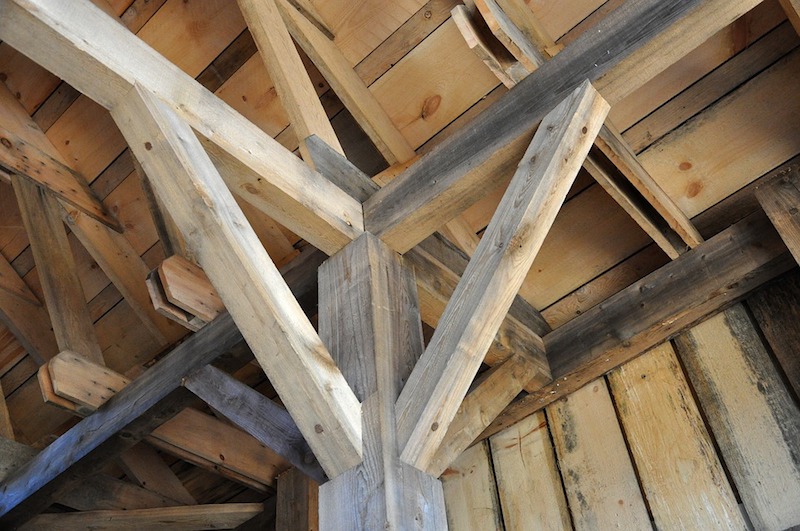Composite wood products must meet new U.S. Environmental Protection Agency (EPA) formaldehyde emissions regulations as of June 1, 2018.
Among the products impacted: particleboard, medium density fiberboard (MDF), and hardwood (decorative) plywood. Structural engineered wood products manufactured for construction applications, such as structural plywood, oriented strand board (OSB), wood I-joists, laminated veneer lumber, and glued-laminated timber, are exempt from the regulation.
Structural engineered wood products marked with the APA Mark of Quality are exempt from the regulation. In cases where unmarked structural engineered wood products from APA member mills are sold into industrial applications that do not require a certification mark, the product invoice and an APA certificate of conformance can be used to identify the product as exempt.
Certification of compliance is required to be completed by a Third Party Certifier, who will verify that the regulated composite wood product’s manufacturer is capable of complying with the emission regulation. Quarterly inspections and testing, and reviews of routine quality testing conducted at each mill are also required.
Related Stories
Codes and Standards | Mar 20, 2020
Feds prod use of eminent domain to force people out of flood-prone homes
Local officials that don’t comply could lose federal money to combat climate change.
Codes and Standards | Mar 19, 2020
ASHRAE provides COVID-19 resources for operating, maintaining HVAC systems
Includes recently approved position document on Airborne Infectious Diseases.
Codes and Standards | Mar 19, 2020
CaGBC launches new version of its Zero Carbon Building Standard
Version 2 draws on lessons from more than 20 zero carbon projects.
Codes and Standards | Mar 16, 2020
Concrete industry reduces carbon footprint by 13% over five years
Result mostly due to more efficient use of Portland cement.
Resiliency | Mar 13, 2020
Feds push use of eminent domain to force people out of flood-prone homes
Local officials that don’t comply could lose federal money to combat climate change.
Codes and Standards | Mar 12, 2020
Design guide for sloped glazing and skylights updated for first time in 30 years
Helps with choosing proper glass for non-residential applications.
Codes and Standards | Mar 11, 2020
Two tree species native to the Northeast found suitable for CLT
Eastern white pine and eastern hemlock pass strength testing.
Codes and Standards | Mar 10, 2020
Prescient receives ICC certification for seismic resilience system
Technology suitable for buildings up to 12 stories in earthquake-prone areas.
Codes and Standards | Mar 6, 2020
Design firms creating plans to re-imagine D.C.’s tidal basin
Area including National Mall is facing increased flood risk.
Codes and Standards | Mar 5, 2020
France to mandate all new public buildings be 50% timber or other natural materials
Measure would go into effect by 2022.

















